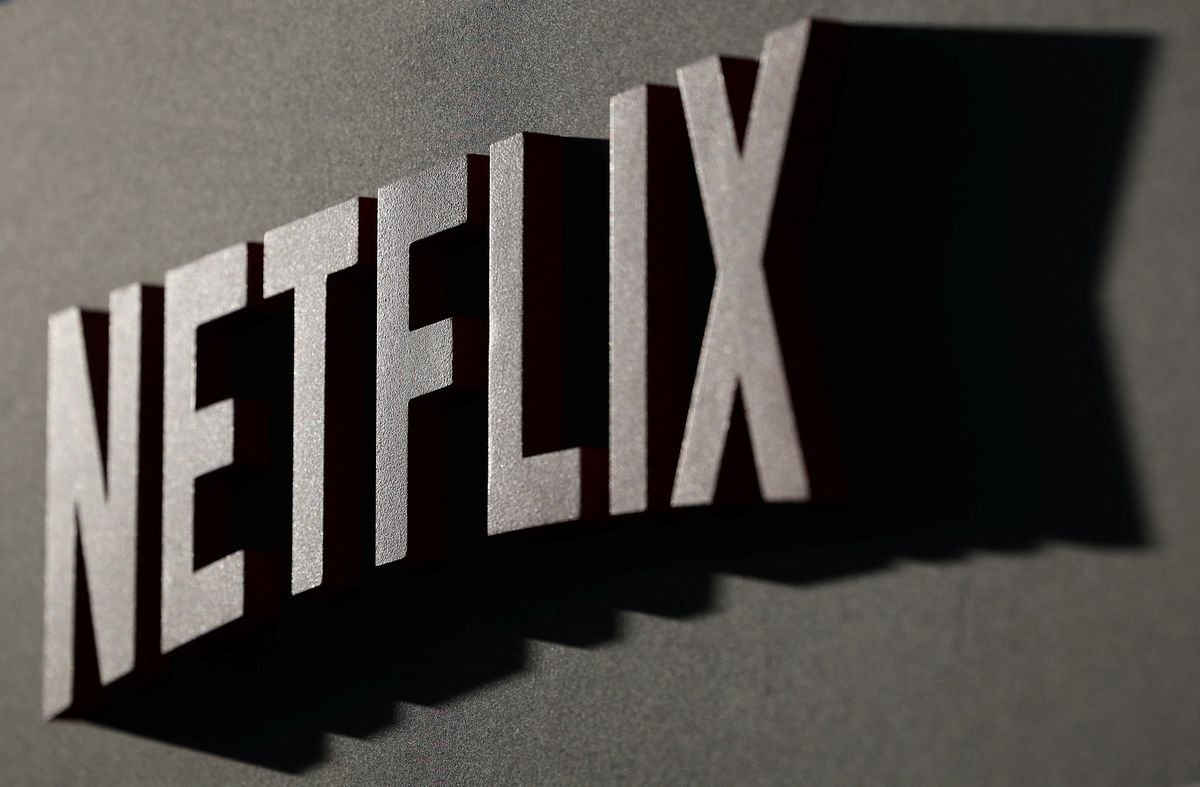One streaming service to rule them all. Netflix is the undisputed King of Video-on-Demand (VOD), the first to break ground on its own studios creation of IP and winning prestigious awards including dozens of Academy Awards as far back as 2014.
Although many competitor have risen since then (looking at you, Mr. Bezos) no one compares to Netflix in terms of original content and global impact. Thanks, in part to this, Netflix has a very specific and considered requirement for its camera technology needs that no producer can afford to ignore.
Netflix Originals - the flourish of sound, that instantly familiar ident which could be compared to the Windows 95 chime in terms of memorability and adoption, the prelude to in house productions of the streaming giant. However, just like members only clubs there is a strict "dress code” in respect of camera specifications that the platform will carry and award the title “Netflix approved”.
Let’s take a deep dive.
Image credit: Netflix
“Netflix approved” means that cameras have the minimum specs required to ensure the expected quality of a Netflix Original. While it shouldn’t be your only guide when purchasing a camera, seeing Netflix’s approval as a feature on a certain model might be something to consider, especially since many cinema cameras are a serious investment.
The Devil is in the Details
With a myriad of camera options out there it can be daunting to decide which unit to invest in. Fortunately, Netflix publishes the key specifications it requires for a camera to gain its approval. However, Netflix also states that just because a camera meets the minimum requirements doesn’t mean it will be approved (make your mind up, Netflix!).
In short, Netflix takes a more holistic look at each camera, examining aspects such as dynamic range, form factor, workflow, and more.
In any case, here are the minimum requirements for approval.
True UHD 4K sensor with a minimum of 3840 photosites across
High-quality capture format, such as raw or an intra-frame compressed codec
16-bit linear or 10-bit log processing
Capture transfer function (e.g., S-Log3, Canon Log 2)
Capture color science (e.g., S-Gamut3.cine, RED Wide Gamut RGB)
No looks or corrections baked into the original files
Files maintain all metadata (i.e., tape name, timecode, frame rate, ISO, etc.)
Netflix also makes some optional, operational requests for using the cameras. These include:
Daily black balancing of camera sensor
Avoiding spanned clips (i.e., single takes spread out on multiple cards) -
Extra resolution for anamorphic imaging
Use of aspect ratios less than or equal to 2:1
Again, these are just the baseline specs and I could easily find a dozen cameras that appear to meet them that don’t make the cut. Netflix also doesn’t seem to consider features unlocked through optional third-party accessories, such as raw via an external recorder. That is a solid list of requirements if you are shopping for your next cinema camera. Adhering to Netflix’s conditions ensures your camera is up to spec for contemporary productions.
Why Being Netflix Approved Matters
Among the more obvious reasons is that Netflix serves as a third-party verification for a camera’s quality. If Netflix says it’s a good camera, it must be a good camera. This is supported by Netflix’s reputation for demanding high-quality original footage to create its own original content. And despite what you may think about any story, the movies and shows Netflix has created look good.
A second part of the equation is that many of these cameras are an investment for owners or operators. The last thing you want is to be close to snagging a job and then realize the equipment you use and are comfortable with isn’t going to cut it for a potential Netflix gig. If you are working with an independent production, Netflix approval helps futureproof the work so that if you are hoping for an acquisition, you are at least fulfilling the expectations of the distributor.
Finally, if you aren’t a super techie producer or cinematographer, having a basic list of solid cameras to choose from simplifies a part of the process. Instead of spending time researching all the different features of video cameras and codecs and sensors and aspect ratios, you can head over to Netflix and just select what makes sense for your production.
Should You Buy Only Netflix-Approved Cameras?
No. Netflix-approved is a good start, especially if you are a professional. However, there are tons of amazing cameras capable of producing images that are as good, if not better, than many on the list.
Netflix’s approval process assumes there will be some form of production happening and, therefore, demands certain capabilities that not everyone needs, like very specific metadata requirements. If you are working mostly for yourself or on small YouTube projects, you don’t need all those extras.
Image credit: Mario Anzouni/Reuters
Get to the point already
Ok, here are a few popular units approved by Netflix and popular at time of publication (December 2022)
Canon EOS C70
Sony FX6
Sony FX9
Panasonic S1H
Sony FX3
Arri Alexa Mini LF
Blackmagic Ursa Mini Pro 4.6K G2
RED Komodo 6K
Another simple reason not to worry about Netflix approval is if you are looking for a B camera. Sometimes, this may need to be a crash cam or another sort of weird form factor. It can be hard to find something that hits the Netflix requirements and the needs of the shoot. GoPros aren’t approved, for example, but many films still use them for an odd take or two. Netflix even allows limited use of unapproved cameras in these circumstances.
CereProds hold a variety of camera types and within its local network has access to a wide array of digital and film units for production. Contact us today and let’s discuss your next project.



